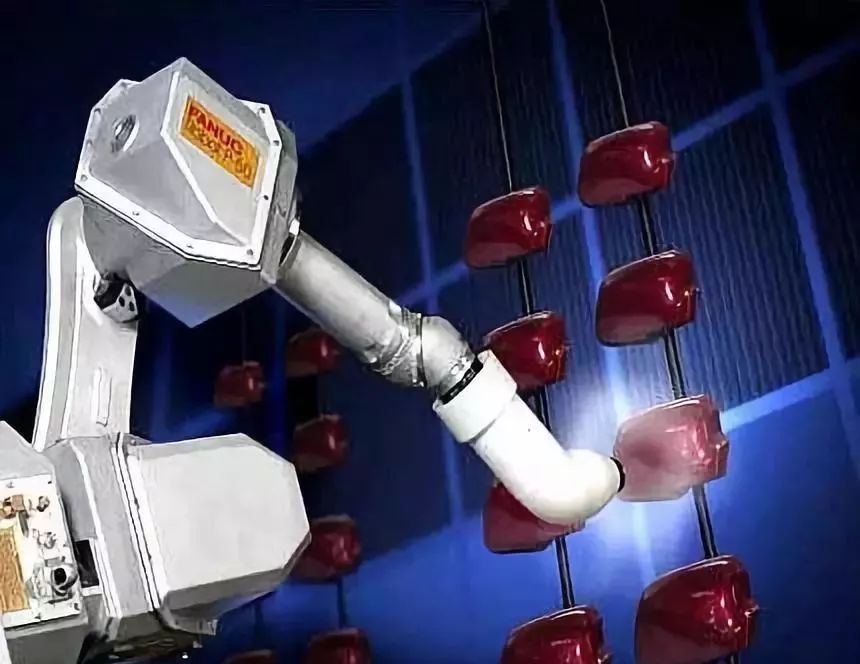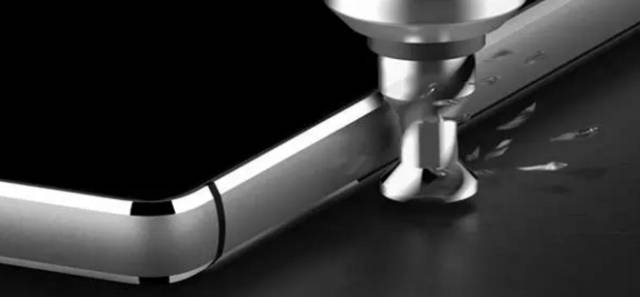How are the common aluminum alloy surfaces processed?
Because of its easy processing, good visual effects, and rich surface treatment methods, aluminum is the first to be adopted by various manufacturers. The surface treatment of aluminum profiles is mainly divided into: sandblasting (to form a matte pearl silver surface), polishing (to form a mirror surface), and wire drawing ( Form a similar satin effect), electroplating (covering a layer of other metals), spraying (covering other non-metallic coatings), high-gloss cutting, anodizing, etc.

1. Sandblasting
The process of using the impact of high-speed sand flow to clean and roughen the surface of the substrate. Compressed air is used as power to form a high-speed jet beam to spray the spray material (copper ore, quartz sand, emery sand, iron sand, Hainan sand) at high speed to the surface of the workpiece to be treated, so that the appearance or shape of the outer surface of the workpiece surface is changed , Due to the impact and cutting action of the abrasive on the surface of the workpiece, the surface of the workpiece can obtain a certain degree of cleanliness and different roughness, and the mechanical properties of the surface of the workpiece are improved. Therefore, the fatigue resistance of the workpiece is improved, and it and the coating are increased. The adhesion between the layers extends the durability of the coating film, and is also conducive to the leveling and decoration of the coating.

Sandblasting has strong applications in engineering and surface technology, such as: increasing the viscosity of bonding parts, decontamination, optimizing surface burrs after machining, and surface matte treatment.
The sandblasting process is more uniform and efficient than manual sanding. The metal treatment of this method creates the low-key and durable characteristics of the product.
2. Polishing
The polishing process is mainly divided into: mechanical polishing, chemical polishing, and electrolytic polishing.

The aluminum parts can be close to the mirror effect of stainless steel after mechanical polishing + electrolytic polishing, giving people a sense of high-end simplicity and stylish future
3. Brushed
It is a surface treatment method that forms lines on the surface of the workpiece by grinding products to achieve a decorative effect. According to the different lines after drawing, it can be divided into: straight line drawing, random line drawing, corrugation, and swirling. Surface drawing treatment is a surface treatment method that forms lines on the surface of the workpiece by grinding products to achieve a decorative effect. Because the surface drawing process can reflect the texture of metal materials, it has been favored by more and more users and more and more widely used.

The metal wire drawing process can clearly show every minute trace, so that the metal matte shines with fine hair luster, and the product has a sense of fashion and technology.
4. Electroplating
Electroplating is the process of plating a thin layer of other metals or alloys on the surface of some metals using the principle of electrolysis. It is the process of using electrolysis to attach a layer of metal film to the surface of metal or other materials to prevent Metal oxidation (such as rust), improve wear resistance, electrical conductivity, reflectivity, corrosion resistance (copper sulfate, etc.) and enhance aesthetics. The outer layer of many coins is also electroplated.
5. Spraying
Spraying is a coating method in which spray guns or dish atomizers are used to disperse into uniform and fine droplets by means of pressure or centrifugal force and apply to the surface of the object to be coated. It can be divided into air spraying, airless spraying, electrostatic spraying and various derived methods of the above basic spraying forms, such as large flow and low pressure atomization spraying, thermal spraying, automatic spraying, multi-group spraying, etc. The spraying operation has high production efficiency and is suitable for manual operation and industrial automated production. It has a wide range of applications, mainly in the fields of hardware, plastics, furniture, military industry, and ships. It is the most commonly used coating method today.

The spraying operation requires a dust-free workshop with an environmental requirement of one million to one hundred. The spraying equipment includes spray guns, spray booths, paint supply rooms, curing furnaces/drying furnaces, spraying workpiece conveying equipment, fog elimination and waste water, waste gas treatment equipment Wait. Large-flow and low-pressure atomization spraying is a low atomization air pressure and low air jet velocity. The low atomization paint running speed improves the rebound of the paint from the surface of the object. The paint rate has been increased from 30%-40% of ordinary air spraying to 65%-85%. In light leather coating, spray the coating on the leather surface with a spray gun or spray machine.
6. Highlight cutting
The diamond knives are reinforced on the high-speed rotating (generally 20,000 rpm) main shaft of the precision carving machine to cut the parts, and a local highlight area is generated on the surface of the product. The brightness of the cutting highlights is affected by the speed of the milling drill bit. The faster the drill speed, the brighter the cutting highlights, and vice versa, the darker and easier to produce knife marks.

High-gloss and high-gloss cutting are particularly used in mobile phones, such as iphone5. In recent years, some high-end TV metal frames have adopted high-gloss milling technology, coupled with anodizing and drawing processes, making the TV as a whole full of fashion and technological sharpness.
7. Anodizing
Anodizing refers to the electrochemical oxidation of metals or alloys. Aluminum and its alloys form an oxide film on the aluminum product (anode) under the action of an applied current under the corresponding electrolyte and specific process conditions.

Anodizing can not only solve the defects of aluminum surface hardness and wear resistance, but also prolong the service life of aluminum and enhance its aesthetics. It has become an indispensable part of aluminum surface treatment and is currently the most widely used and very successful. Craft.
8. Two-color anodizing
Two-color anodizing refers to anodizing on a product and giving different colors to specific areas.

The two-color anodizing process is complicated and the cost is high; but the contrast between the two colors can better reflect the high-end and unique appearance of the product.
